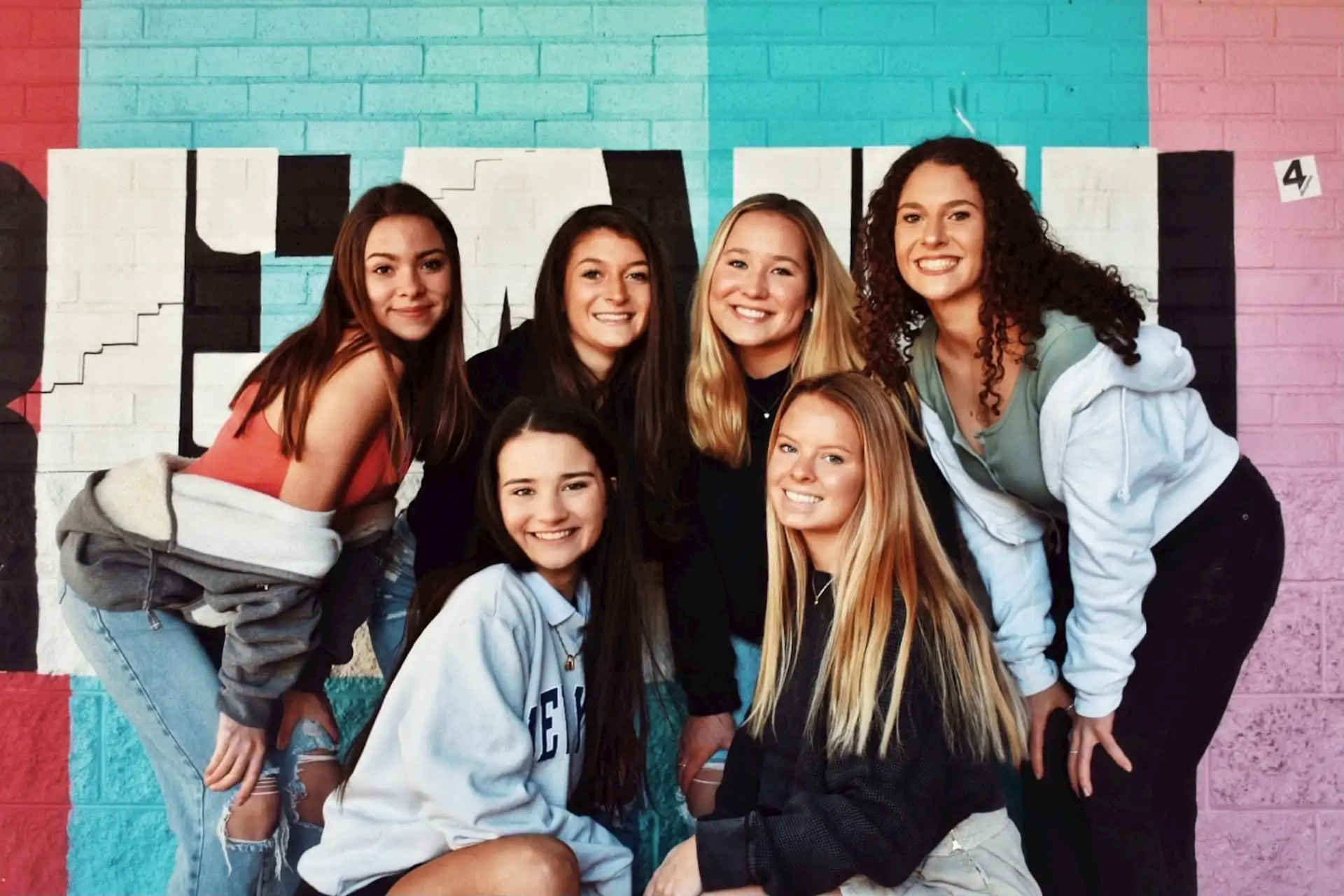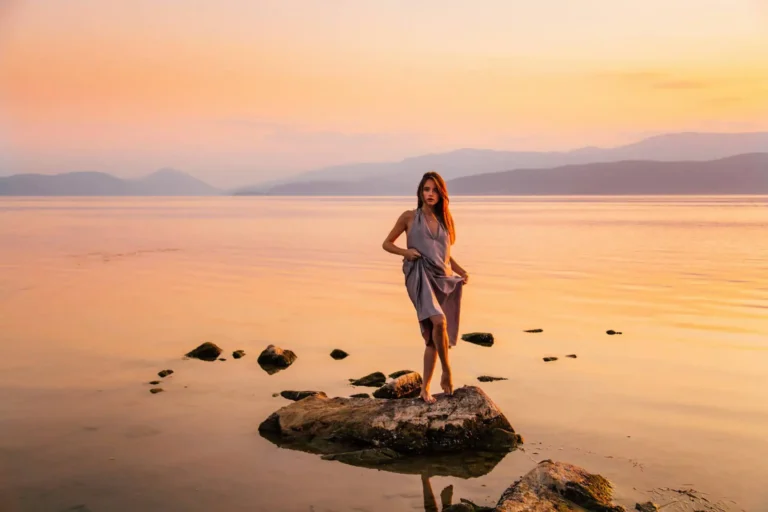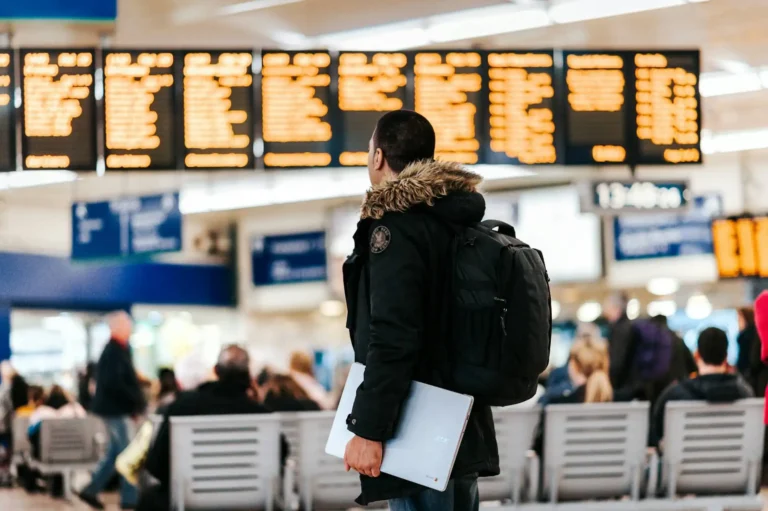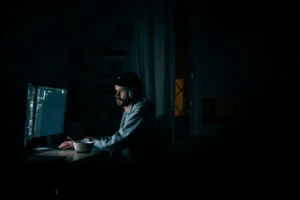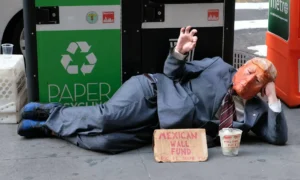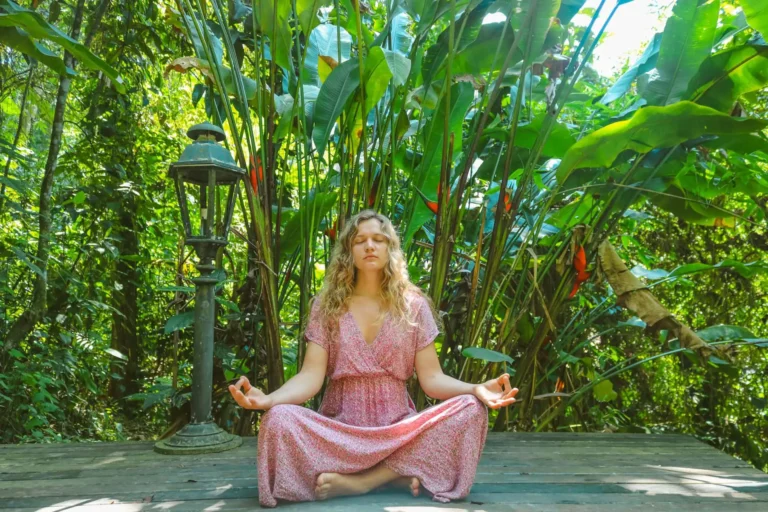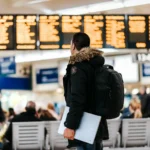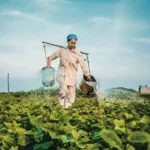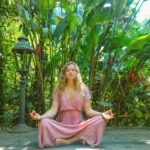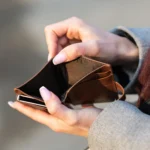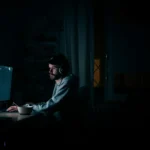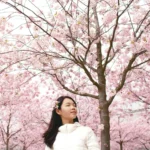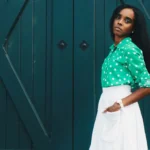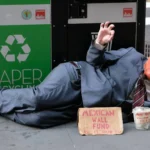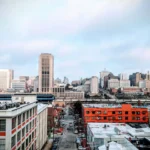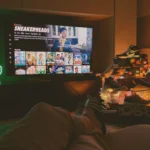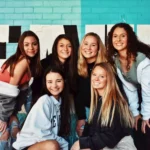While Paris Fashion Week (PFW) is renowned for its glamorous runway shows featuring established high-fashion houses, there’s a vibrant alternative scene that often goes unnoticed. Beyond the glitz of the main event, a subversive and innovative world of fashion thrives in Paris. This “Other Paris Fashion Week” showcases emerging designers, avant-garde collections, and unconventional venues, reflecting the city’s rich, multifaceted fashion culture.
1. The Rise of Alternative Venues
The “Other Paris Fashion Week” often takes place in unconventional venues that defy the traditional grandeur of the main shows. These alternative locations might include industrial spaces, art galleries, or even outdoor settings, which provide a raw and authentic backdrop for avant-garde collections. These venues allow designers to break free from the constraints of conventional fashion spaces and create immersive, experimental experiences for their audiences.
2. Spotlighting Emerging Designers
One of the hallmarks of the alternative fashion week is its focus on emerging designers who are pushing the boundaries of traditional fashion. These designers often use the platform to experiment with new materials, unconventional silhouettes, and innovative techniques. Shows might feature anything from eco-friendly fashion to pieces that challenge gender norms, showcasing a diverse range of creative expressions that might not yet be seen on the main PFW runway.


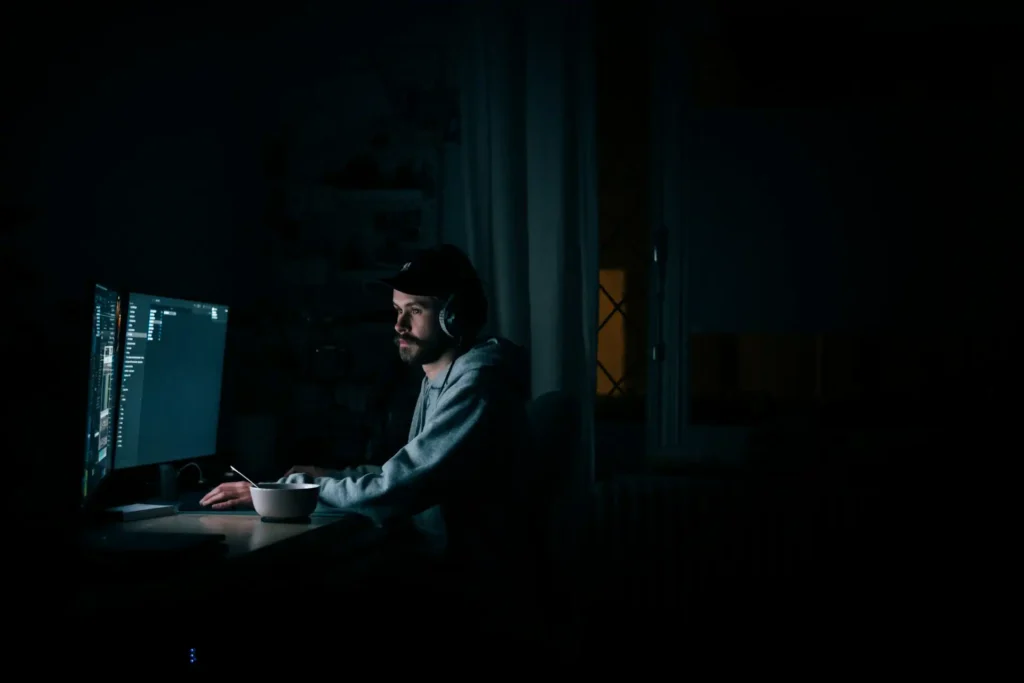

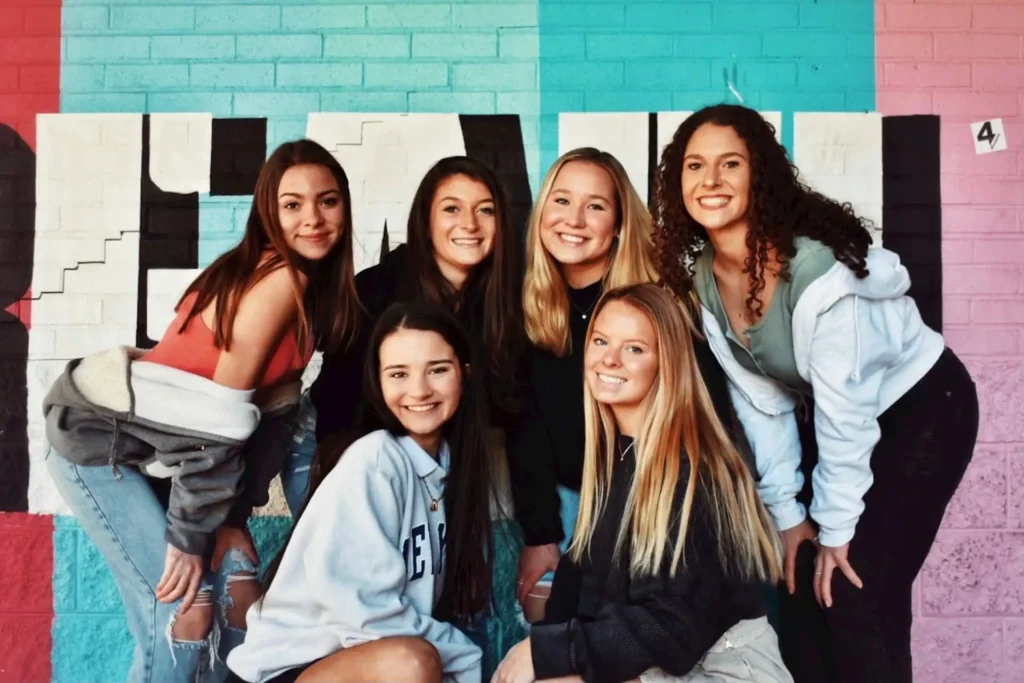
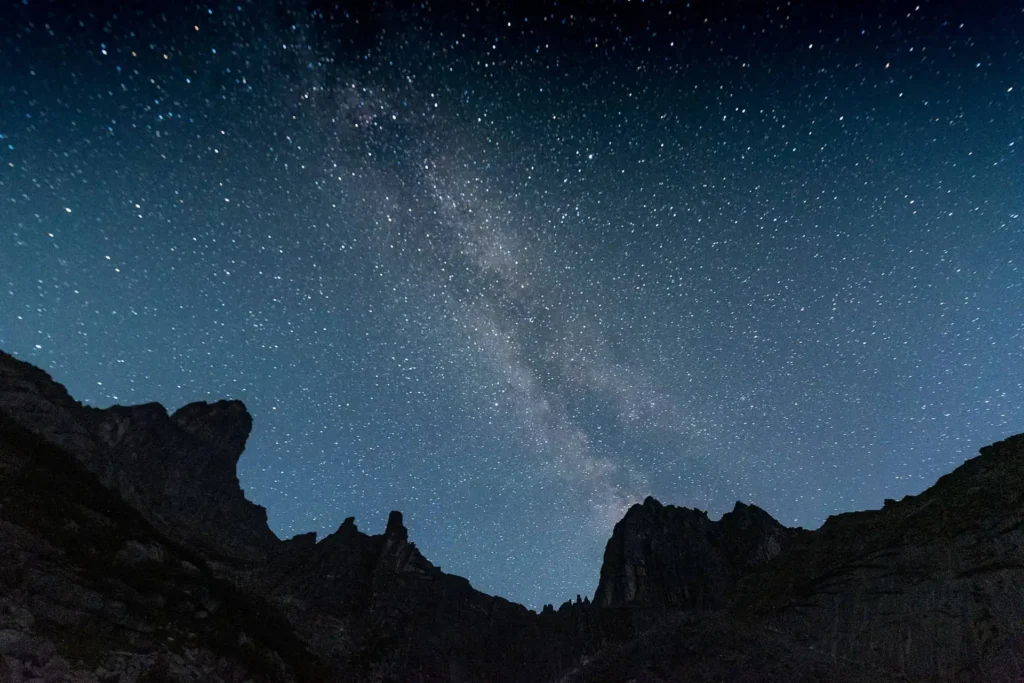

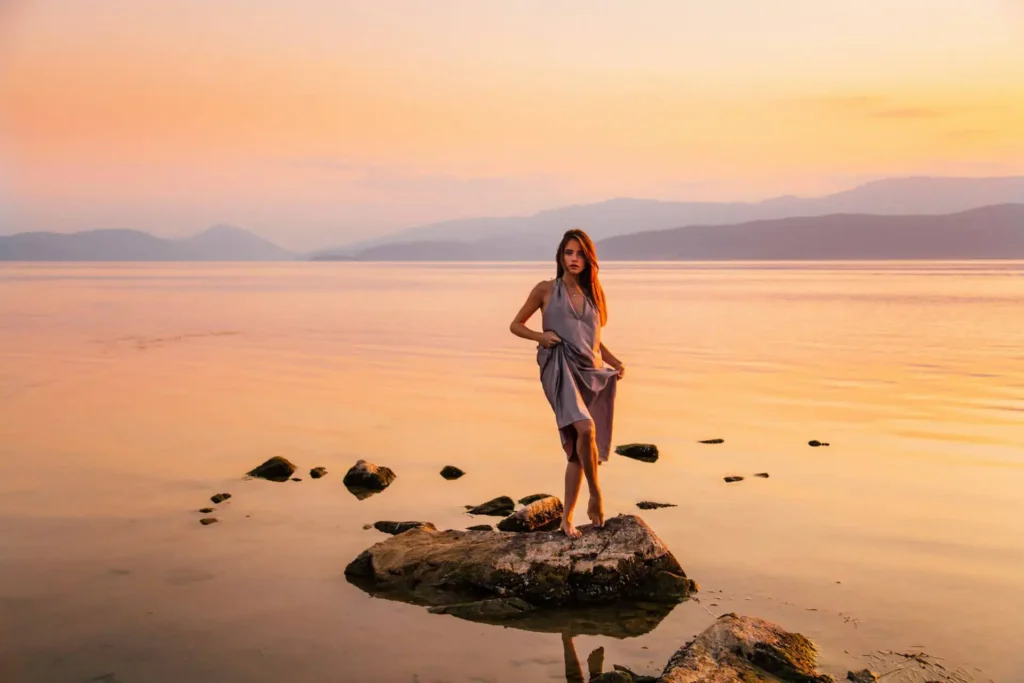
3. Innovative Presentations and Performances
Unlike the often structured and formal presentations of traditional fashion shows, the alternative scene is known for its dynamic and unconventional formats. Designers may incorporate performance art, interactive installations, and multimedia elements into their presentations. These shows are less about showcasing a collection in a typical runway format and more about creating a unique narrative or emotional experience for the audience.
4. Inclusivity and Diversity
The alternative fashion week scene places a strong emphasis on inclusivity and diversity. This segment of PFW often highlights designers from underrepresented backgrounds, as well as those who prioritize inclusive sizing and gender-fluid designs. It’s a space where fashion’s conventional boundaries are expanded, and where conversations about diversity and representation are actively addressed.
5. Eco-Conscious and Sustainable Fashion
Sustainability is a significant focus within the alternative Paris Fashion Week. Many emerging designers and independent labels use this platform to highlight eco-conscious practices, such as using recycled materials, implementing ethical manufacturing processes, and promoting slow fashion. These shows often serve as a powerful statement about the future of fashion and its responsibility to the environment.
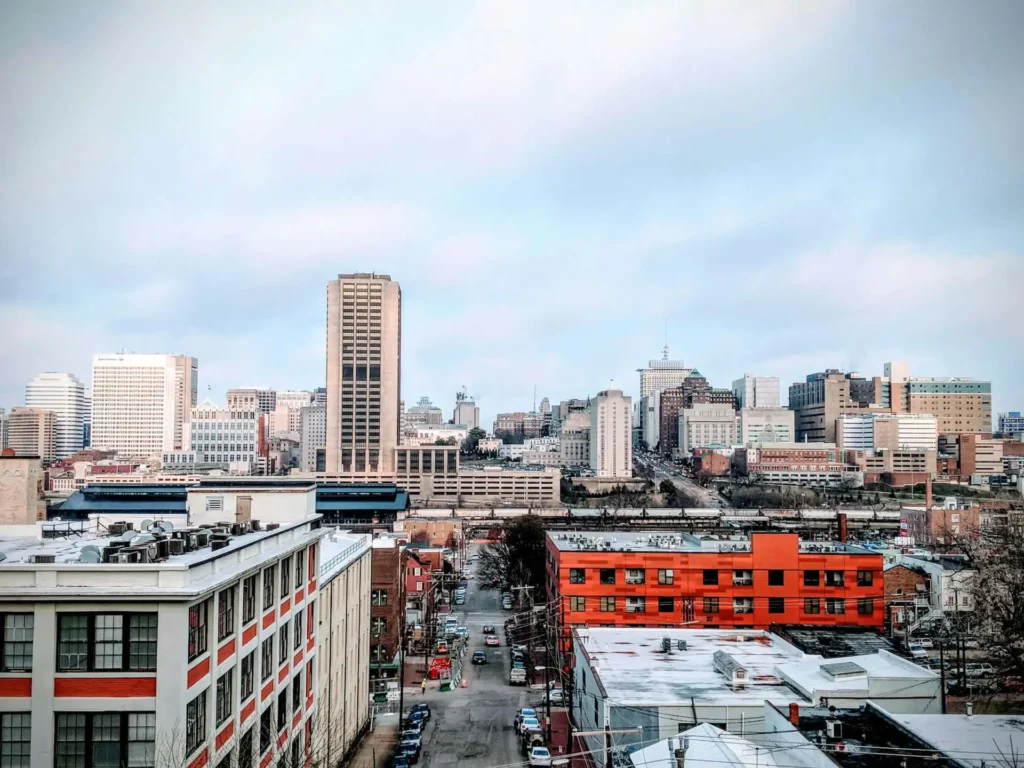
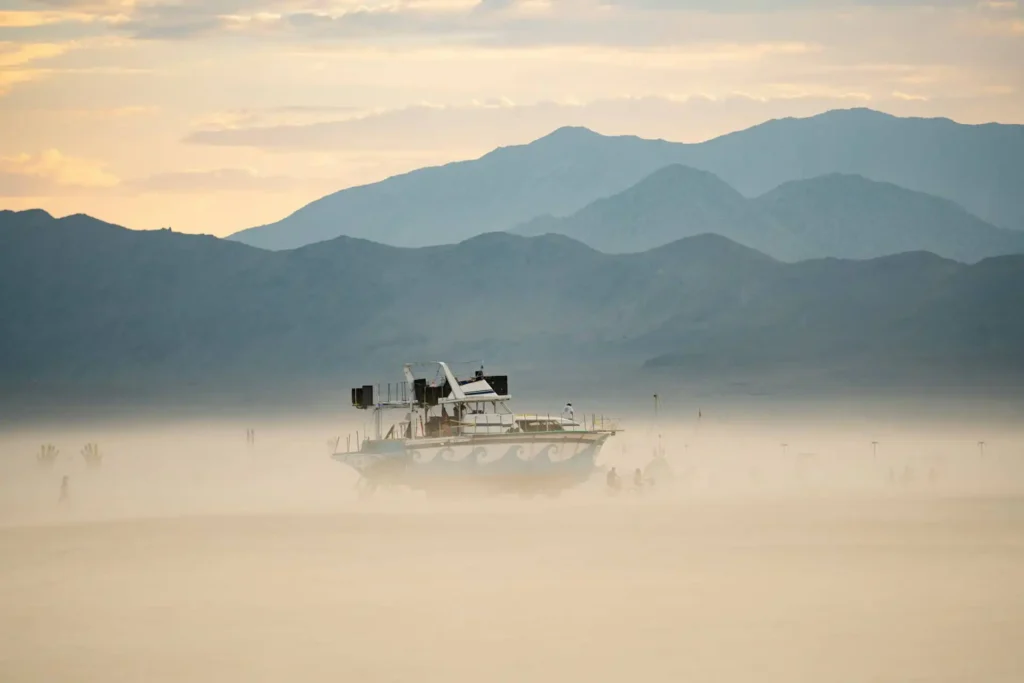
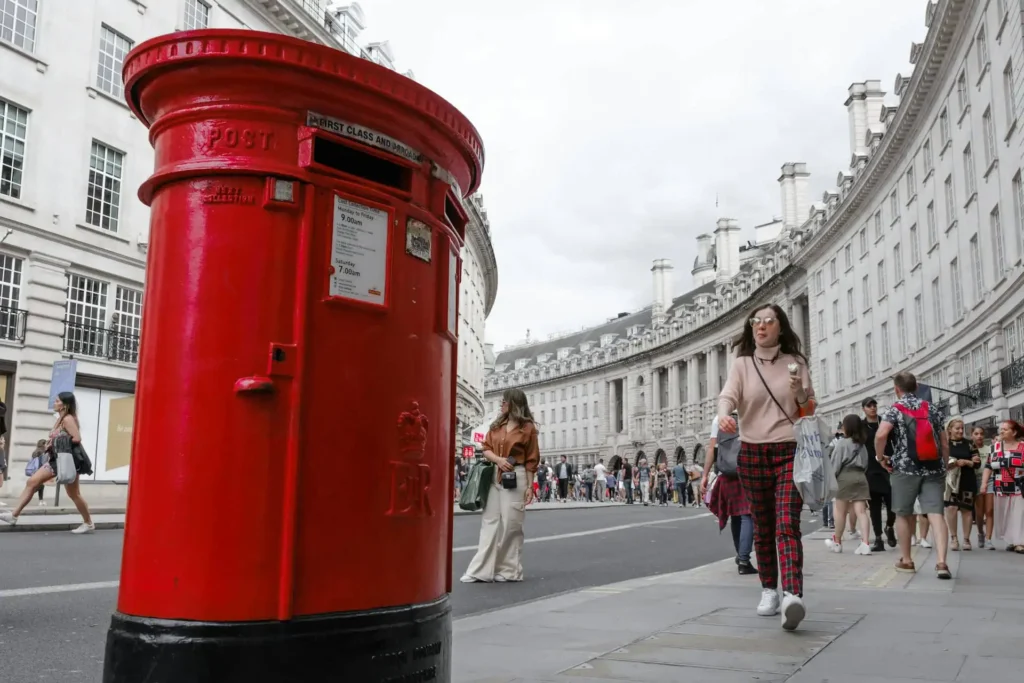
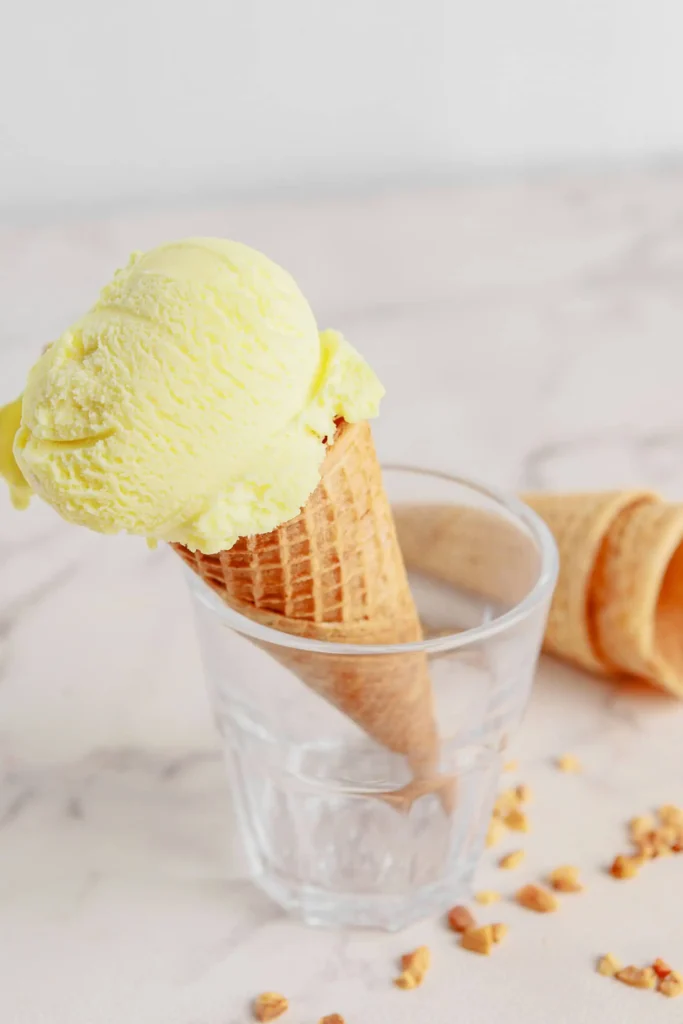
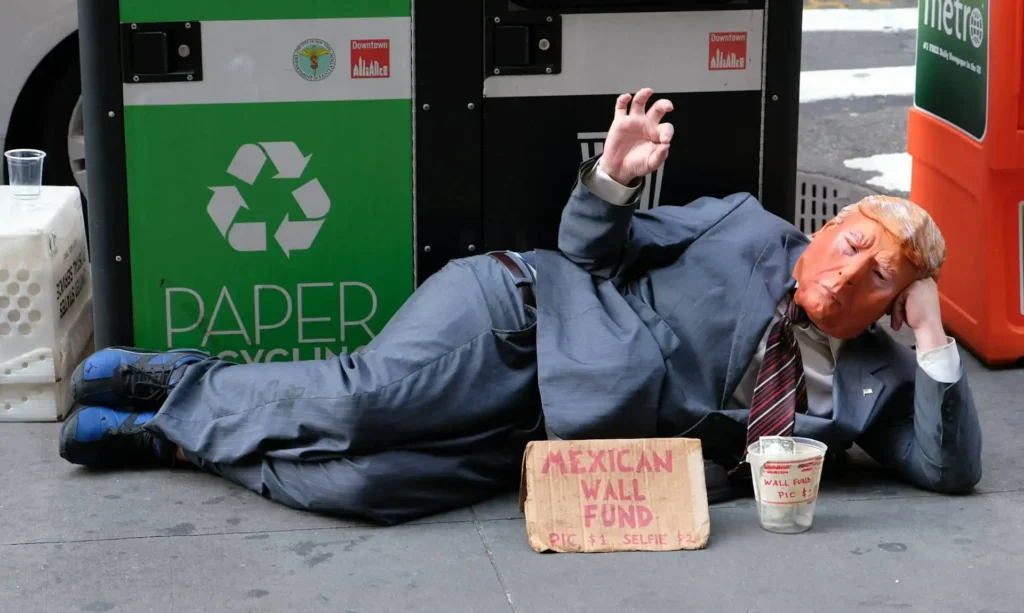
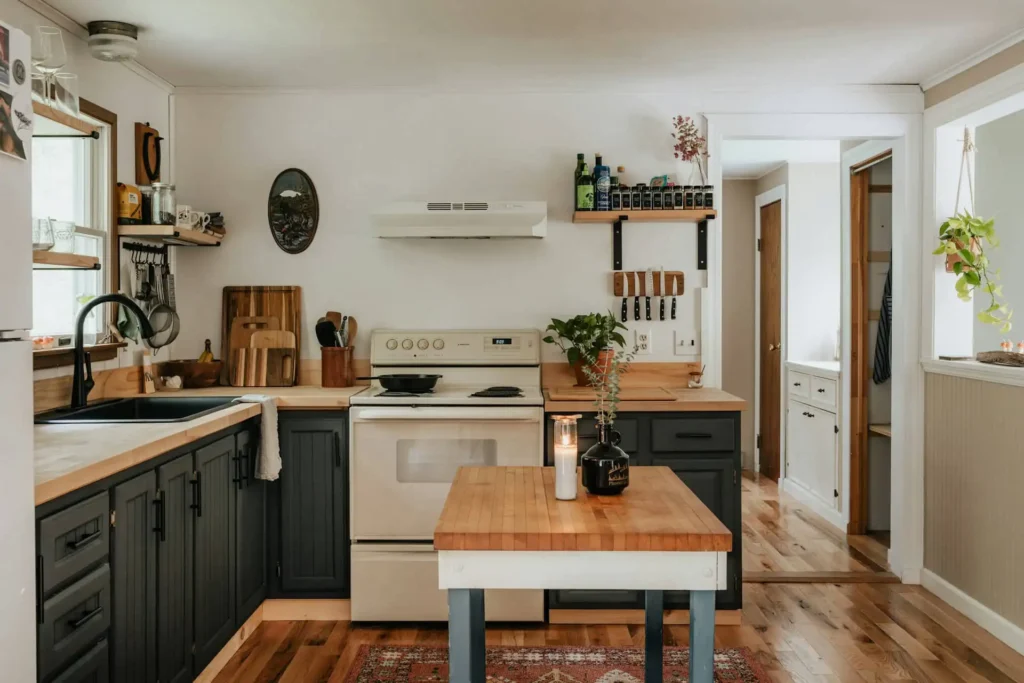
6. The Role of Independent Fashion Houses and Collectives
Independent fashion houses and collectives play a crucial role in the alternative fashion week. These groups often band together to organize shows and events that reflect their shared values and aesthetic sensibilities. By working collaboratively, these designers can pool resources and amplify their voices in a highly competitive industry.
7. The Influence of Digital Media
In today’s digital age, the alternative Paris Fashion Week has a significant online presence. Social media platforms, fashion blogs, and digital magazines frequently cover these events, bringing visibility to the lesser-known designers and their innovative work. This digital coverage helps bridge the gap between the alternative scene and the mainstream fashion world, providing a broader audience with access to fresh, new perspectives.
8. The Intersection with Art and Culture
The “Other Paris Fashion Week” often intersects with various aspects of contemporary art and culture. Collaborations with artists, musicians, and performance groups create a cross-disciplinary environment where fashion is seen as part of a larger cultural conversation. This blending of art forms enriches the fashion experience and highlights the role of fashion as a form of creative expression.
Conclusion
The alternative side of Paris Fashion Week offers a rich and diverse tapestry of innovation and creativity that contrasts sharply with the high-profile main events. By embracing unconventional venues, focusing on emerging talent, and prioritizing sustainability and inclusivity, this segment of Paris Fashion Week provides a refreshing perspective on the future of fashion. It celebrates the spirit of experimentation and challenges the status quo, showcasing the myriad ways fashion can be a powerful form of artistic and cultural expression.
